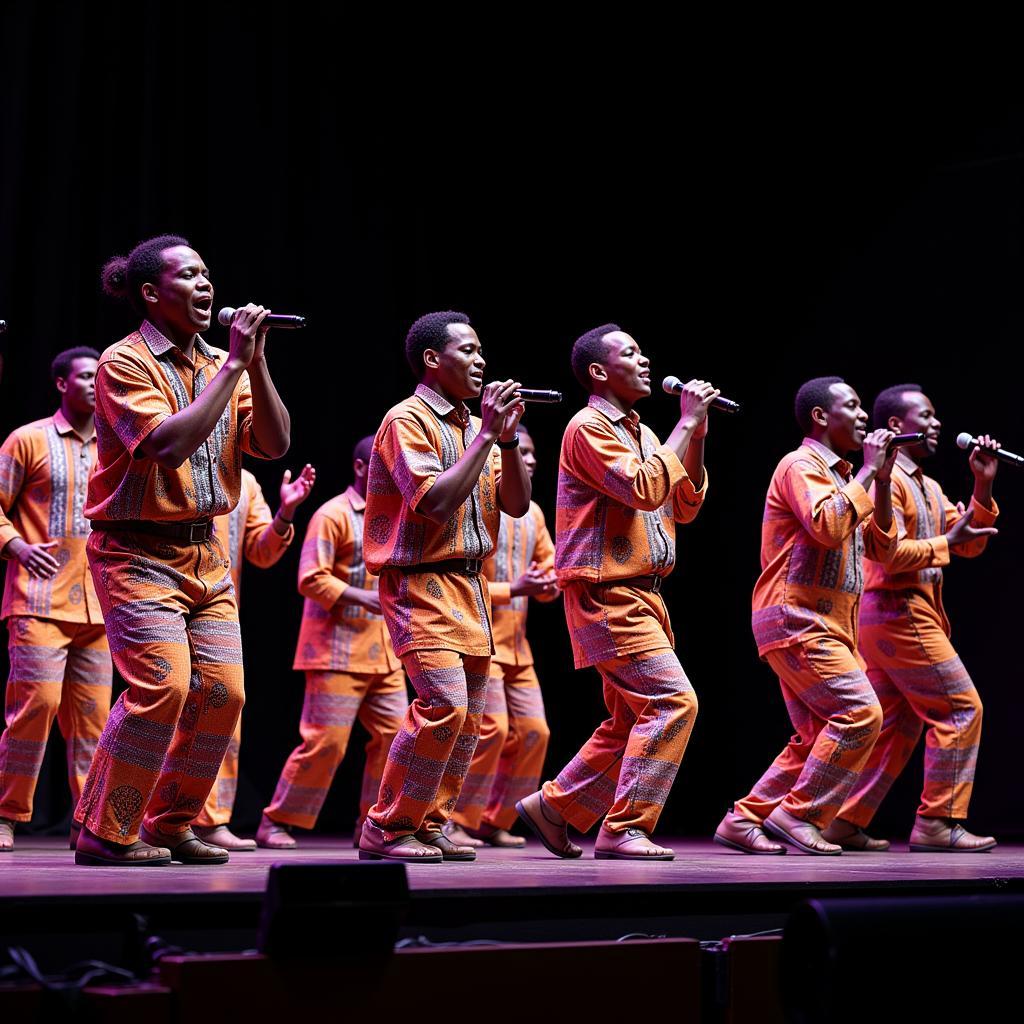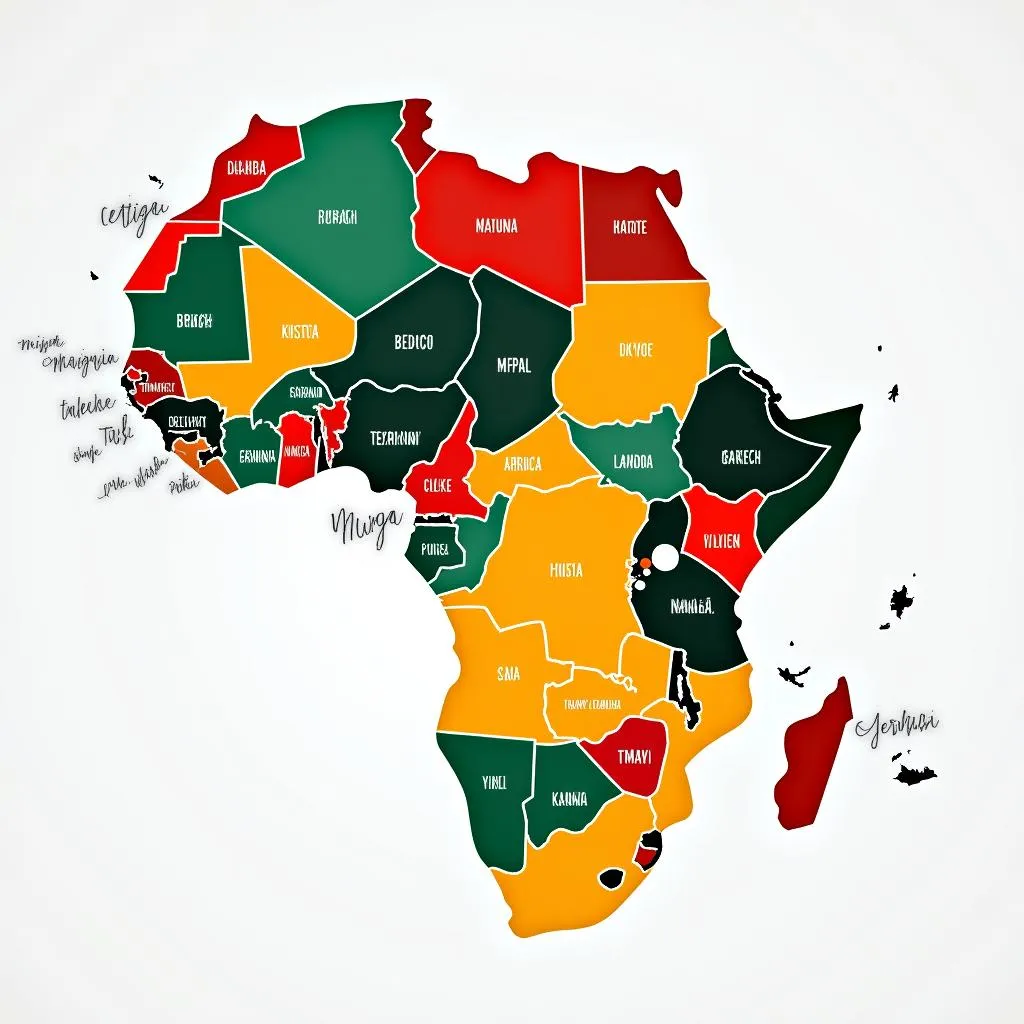African American Population Concentration in the USA: A Deep Dive into Demographics
The African American population in the United States has a rich and complex history, one that is reflected in the geographical distribution of the community across the nation. This article delves into the African American population concentration in the USA, exploring key trends, historical factors, and their social and economic implications.
Key Trends in African American Population Distribution
The concentration of African Americans in the United States has evolved significantly over time, shaped by various factors such as migration patterns, socioeconomic opportunities, and historical events. Here are some key trends to consider:
- The Great Migration: From 1916 to 1970, millions of African Americans migrated from the rural South to urban centers in the North and West, seeking better economic opportunities and escaping racial discrimination. This migration led to significant population growth in cities like Chicago, Detroit, New York City, and Los Angeles.
- Suburbanization: In the latter half of the 20th century, African Americans began to move to suburban areas, following the overall trend of American population growth. However, their suburbanization was often limited by factors such as housing discrimination and economic inequality.
- Recent Shifts: In recent decades, there has been a noticeable shift in the African American population concentration in the USA, with some areas experiencing growth while others see declines. For instance, the South, once the source of the Great Migration, is now experiencing a resurgence in African American population, partly due to economic growth and a changing social landscape.
Historical Factors Influencing African American Population Concentration
Several historical events and policies have profoundly shaped the distribution of African Americans in the United States:
- Slavery and Plantation Agriculture: The legacy of slavery, which lasted for centuries, led to the concentration of African Americans in the Southern states, particularly in agricultural areas.
- Jim Crow Laws: After the Civil War, Jim Crow laws were implemented in the South, enforcing segregation and discrimination against African Americans, contributing to their continued concentration in specific areas.
- Redlining and Housing Discrimination: Housing discrimination and redlining practices, which systematically denied African Americans access to housing in certain neighborhoods, contributed to their concentration in specific, often economically disadvantaged areas.
Social and Economic Implications of African American Population Concentration
The geographical concentration of African Americans in the United States has significant social and economic implications:
- Segregation and Inequality: The clustering of African Americans in particular areas often leads to high concentrations of poverty, limited access to quality education, and inadequate healthcare resources.
- Environmental Justice Issues: Communities with high concentrations of African Americans are often disproportionately affected by environmental hazards such as pollution and lack of access to green spaces.
- Economic Opportunity Gaps: The concentration of African Americans in areas with limited economic opportunities can contribute to higher unemployment rates and lower levels of income and wealth.
Dr. Ava Johnson, Sociologist at the University of California, Berkeley, states:
“The spatial concentration of African Americans in the United States is not just a demographic pattern, but a reflection of systemic racial inequalities that continue to shape social and economic opportunities.”
Examining Regional Trends: A Deep Dive
To better understand the African American population concentration in the USA, it’s crucial to examine regional trends:
The South: A Resurgence
While the South was once the source of the Great Migration, recent decades have seen a resurgence in African American population in this region. This growth is driven by factors such as economic expansion, changing demographics, and a growing sense of cultural identity.
The Midwest: A Mixed Bag
The Midwest has traditionally been a major destination for African Americans during the Great Migration. However, recent decades have seen mixed trends, with some cities experiencing declines in population while others see growth.
The West: Continued Growth
The West has consistently seen growth in its African American population, driven by factors such as economic opportunities, diversity, and a growing sense of cultural acceptance.
Understanding the Future of African American Population Distribution
As the United States continues to evolve, so too will the African American population concentration in the USA. Factors such as urbanization, technological advancements, and changing social attitudes will continue to influence demographic patterns.
It is important to recognize the historical and ongoing factors that have shaped the current distribution of African Americans and their impact on social and economic opportunities. Addressing systemic inequalities and promoting equitable access to resources and opportunities will be critical in shaping a more just and equitable future for all Americans.
FAQs
1. What are the top 5 cities with the highest African American population concentration in the USA?
The top 5 cities with the highest African American population concentration in the USA are:
- Detroit, Michigan
- Atlanta, Georgia
- Memphis, Tennessee
- Birmingham, Alabama
- New Orleans, Louisiana
2. What are some of the social and economic challenges faced by African Americans in concentrated areas?
African Americans in concentrated areas often face challenges related to poverty, limited access to education, healthcare, and employment opportunities, as well as environmental justice issues.
3. How does the concentration of African Americans influence their political representation?
The concentration of African Americans in specific areas can affect their political representation, particularly in terms of voting power and access to elected officials who understand their concerns.
4. What are some of the ongoing efforts to address racial inequalities related to population concentration?
Efforts to address racial inequalities related to population concentration include promoting affordable housing, improving access to quality education and healthcare, and advocating for policies that promote economic justice.
5. How does the concentration of African Americans impact cultural identity and community development?
The concentration of African Americans in specific areas fosters a sense of cultural identity and community development, leading to the emergence of unique institutions, organizations, and traditions.
6. What are some resources available to African American communities facing challenges related to population concentration?
There are various organizations and resources available to support African American communities facing challenges related to population concentration, such as community centers, advocacy groups, and social service agencies.
7. How can individuals contribute to promoting equity and opportunity for African Americans in concentrated areas?
Individuals can contribute to promoting equity and opportunity for African Americans in concentrated areas by supporting community organizations, advocating for policy changes, and challenging racial biases and discrimination in their personal lives and communities.
Note: The provided information is based on general knowledge and trends. It’s always recommended to consult with reputable sources for specific data and analysis.



